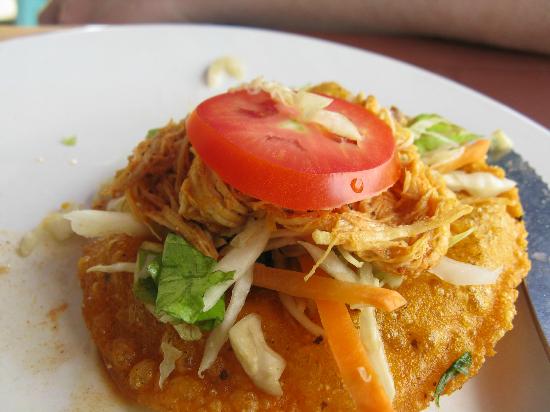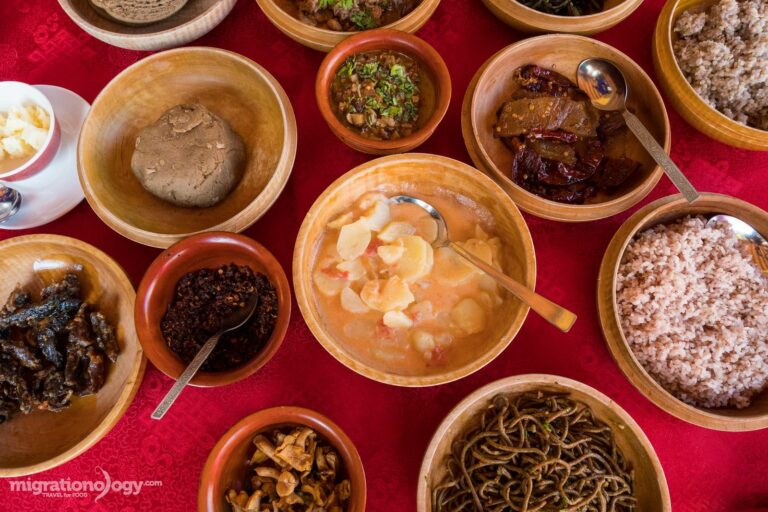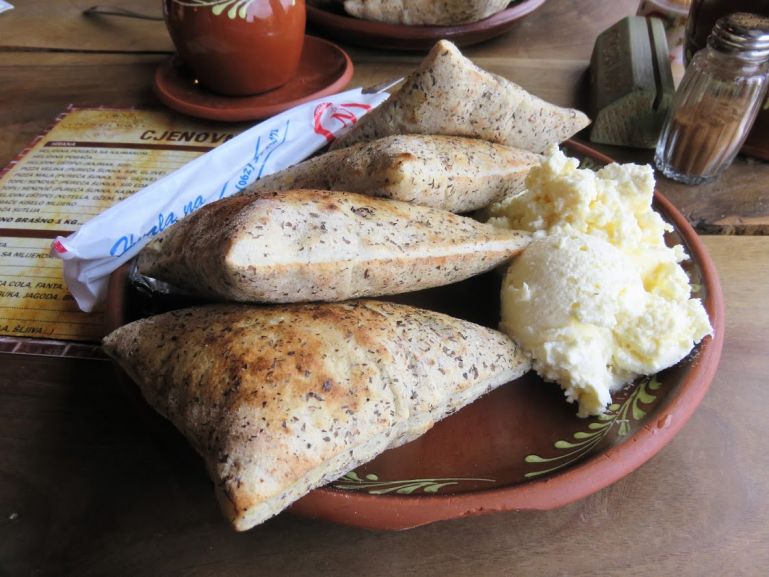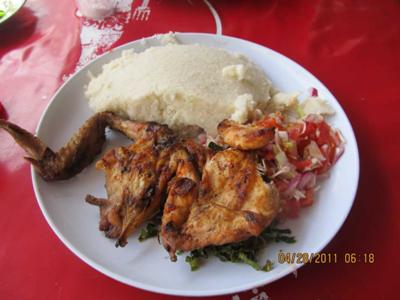Introduction: Bangladeshi Cuisine
Bangladesh is a country located in South Asia, bordered by India, Myanmar, and the Bay of Bengal. Its cuisine is a unique blend of flavors and spices that reflect the country’s rich history and culture. Bangladeshi cuisine is heavily influenced by neighboring countries, including India, Nepal, Bhutan, Myanmar, China, and Thailand. These influences have played a vital role in shaping the country’s food culture and culinary traditions.
Influences from India
India has had a significant impact on Bangladeshi cuisine, primarily due to its close proximity and shared history. Many of the dishes in Bangladeshi cuisine are similar to those found in Indian cuisine, such as biryani, samosas, and curries. The extensive use of spices like cumin, coriander, and turmeric is also a reflection of Indian influence. Additionally, the popular street food culture in Bangladesh is said to have originated from India, with dishes like pani puri and chaat being popular in both countries.
Influences from Nepal
Nepal is another country that has influenced Bangladeshi cuisine, particularly in the use of lentils and yogurt. Dishes like dal (lentil soup) and yogurt-based sauces like raita and chutney are popular in both countries. Additionally, the concept of momos (dumplings) is also said to have originated in Nepal and is a popular snack in Bangladesh.
Influences from Bhutan
Bhutan, a small landlocked country located in the eastern Himalayas, has also influenced Bangladeshi cuisine. The use of chilies and cheese in dishes like ema datshi (chili and cheese curry) is a reflection of Bhutanese influence. Additionally, the use of red rice in Bangladeshi cuisine is said to have been influenced by Bhutanese cuisine.
Influences from Myanmar
Myanmar, also known as Burma, is another neighboring country that has influenced Bangladeshi cuisine. The use of fish and seafood, particularly in dishes like jhinga bhuna (shrimp curry), is a reflection of Myanmar’s coastal cuisine. Additionally, the use of sour ingredients like tamarind and vinegar in Bangladeshi cuisine can be traced back to Myanmar’s cuisine.
Influences from China
China’s influence on Bangladeshi cuisine can be seen in dishes like chow mein (stir-fried noodles) and manchurian (deep-fried vegetables in a spicy sauce). Additionally, the use of soy sauce and other Chinese condiments is also common in Bangladeshi cuisine.
Influences from Thailand
Thailand has also had an impact on Bangladeshi cuisine, particularly in the use of coconut milk and lemongrass. These ingredients are commonly used in Bangladeshi curries like korma and masala. Additionally, the use of peanuts in dishes like shondesh (a sweet dessert) is a reflection of Thai influence.
Conclusion: A Culinary Fusion
In conclusion, Bangladeshi cuisine is a blend of flavors and ingredients from neighboring countries that reflect the country’s rich cultural heritage. The influence of India, Nepal, Bhutan, Myanmar, China, and Thailand can be seen in various dishes, spices, and cooking techniques. This fusion of culinary traditions has resulted in a unique cuisine that is both flavorful and diverse.










